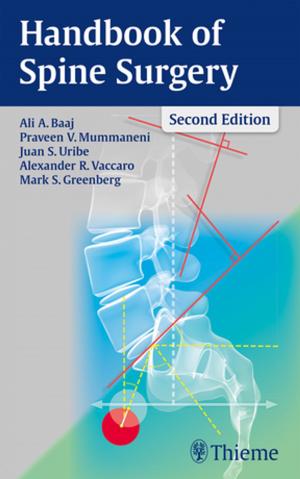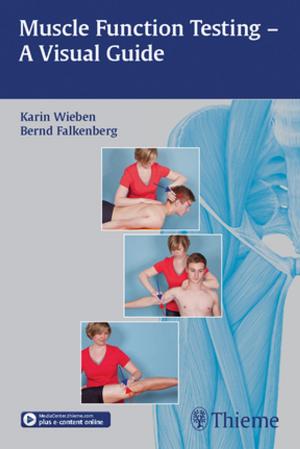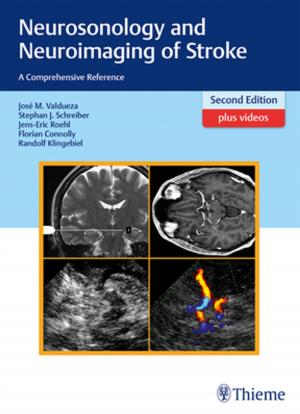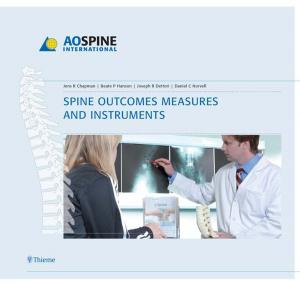Digital Breast Tomosynthesis
Technique and Cases
Nonfiction, Health & Well Being, Medical, Specialties, Radiology & Nuclear Medicine| Author: | Joerg Barkhausen | ISBN: | 9783132031715 |
| Publisher: | Thieme | Publication: | November 18, 2015 |
| Imprint: | Thieme | Language: | English |
| Author: | Joerg Barkhausen |
| ISBN: | 9783132031715 |
| Publisher: | Thieme |
| Publication: | November 18, 2015 |
| Imprint: | Thieme |
| Language: | English |
Digital Breast Tomosynthesis: Technique and Cases is a comprehensive and timely introduction
to a significant technological advance in breast cancer imaging. This state-of-the-art guide
explains the technique of digital breast tomosynthesis (DBT), describes results from available
clinical studies, offers recommendations for the use of DBT in routine practice, and discusses
the latest developments and possible future trends in DBT. The main part of the book contains
45 highly illustrated case reports that allow readers to explore the practical aspects of DBT and
deepen their knowledge of this important new modality in breast imaging.
Key Features:
- Presents 45 superbly illustrated case reports showcasing the application of DBT to clinical practice
- Examines the results of all currently available clinical trials and studies
- Evaluates the use of DBT alongside mammography and versus mammography
- Includes high-quality images from the various modalities in breast imaging: 2D mammography, DBT, and ultrasound, to enable comparison of their strengths and limitations
- Combines expertise in the fields of radiology and gynecology with an interdisciplinary team of contributors
- Provides video clips of the DBT data set for most cases on the Thieme MediaCenter
Authoritative and up to date, this volume is essential for radiology practitioners, residents, and fellows who wish to learn about the potential of DBT and stay at the forefront of technological developments in their field. The wealth of clinically relevant information is useful for any radiologist considering the establishment of DBT as a new imaging tool in their practice.
Digital Breast Tomosynthesis: Technique and Cases is a comprehensive and timely introduction
to a significant technological advance in breast cancer imaging. This state-of-the-art guide
explains the technique of digital breast tomosynthesis (DBT), describes results from available
clinical studies, offers recommendations for the use of DBT in routine practice, and discusses
the latest developments and possible future trends in DBT. The main part of the book contains
45 highly illustrated case reports that allow readers to explore the practical aspects of DBT and
deepen their knowledge of this important new modality in breast imaging.
Key Features:
- Presents 45 superbly illustrated case reports showcasing the application of DBT to clinical practice
- Examines the results of all currently available clinical trials and studies
- Evaluates the use of DBT alongside mammography and versus mammography
- Includes high-quality images from the various modalities in breast imaging: 2D mammography, DBT, and ultrasound, to enable comparison of their strengths and limitations
- Combines expertise in the fields of radiology and gynecology with an interdisciplinary team of contributors
- Provides video clips of the DBT data set for most cases on the Thieme MediaCenter
Authoritative and up to date, this volume is essential for radiology practitioners, residents, and fellows who wish to learn about the potential of DBT and stay at the forefront of technological developments in their field. The wealth of clinically relevant information is useful for any radiologist considering the establishment of DBT as a new imaging tool in their practice.















